Title page
Preface
Contents
Chapter 1 - Functions of Several Variables and Their Derivatives
1.1 Points and Points Sets in the Plane and in Space
a. Sequences of points. Convergence
b. Sets of points in the plane
c. The boundary of a set. Closed and open sets
d. Closure as set of limit points
e. Points and sets of points in space
1.2 Functions of Several Independent Variables
a. Functions and their domains
b. The simplest s of functions
c. Geometrical representation of functions
1.3 Continuity
a. Definition
b. The concept of limit of a function of several variables
c. The order to which a function vanishes
1.4 The Partial Derivatives of a Function
a. Definition. Geometrical representation
b. Examples
c. Continuity and the existence of partial derivatives
d. Change of the order of differentiation
1.5 The Total Differential of Function and Its Geometrical Meaning
a. The concept of differentiability
b. Directional derivatives
c. Geometric interpretation of differentiability. The tangent plane
d. The total differential of a function
e. Application to the calculus of errors
1.6 Functions of Functions (Compound Functions) and the Introduction of New Independent Variables
a. Compound functions. The chain rule
b. Examples
c. Change of independent variables
1.7 The Mean Value Theorem and Taylor's Theorem for Functions of Several Variables
a. Preliminary remarks about approximation by polynomials
b. The mean value theorem
c. Taylor's theorem for several independent variables
1.8 Integrals of a Function Depending on a Parameter
a. Examples and definitions
b. Continuity and differentiability of an integral with respect to the parameter
c. Interchange of integrations. Smoothing of functions
1.9 Differentials and Line Integrals
a. Linear differential forms
b. Line integrals of linear differential forms
c. Dependence of line integrals on endpoints
1.10 The Fundamental Theorem on Integrability of Linear Differential Forms
a. Integration of total differentials
b. Necessary conditions for line integrals to depend only on the end points
c. Insufficiency of the integrability conditions
d. Simply connected sets
e. The fundamental theorem
Appendix
A.1. The Principle of the Point of Accumulation in Several Dimensions and Its Applications
a. The principle of the point of accumulation
b. Cauchy's convergence test. Compactness
c. The Heine-Borel covering theorem
d. An application of the Heine-Borel theorem to closed sets contains in open sets
A.2. Basic Properties of Continuous Functions
A.3. Basic Notions of the Theory of Point Sets
a. Sets and sub-sets
b. Union and intersection of sets
c. Applications to sets of points in the plane
A.4. Homogeneous functions
Chapter 2 - Vectors, Matrices, Linear Transformations
2.1 Operations with Vectors
a. Definition of vectors
b. Geometric representation of vectors
c. Length of vectors. Angles between directions
d. Scalar products of vectors
e. Equation of p-yperplanes in vector form
f. Linear dependence of vectors and systems of linear equations
2.2 Matrices and Linear Transformations
a. Change of base. Linear spaces
b. Matrices
c. Operations with matrices
d. Square matrices. The reciprocal of a matrix. Orthogonal matrices
2.3 Determinants
a. Determinants of second and third order
b. Linear and multilinear forms of vectors
c. Alternating multilinear forms. Definition of determinants
d. Principal properties of determinants
e. Applioation of determinants to systems of linear equations
2.4 Geometrical Interpretation of Determinants
a. Vector products and volumes of parallelepipeds in three-dimensional space
b. Expansion of a determinant with respect to a column. Vector products in higher dimensions
c. Areas of parallelograms higher dimensions
d. Orientation of parallelepipeds in n-dimensional space
e. Orientation of planes and hyperplanes
f. Change of volume of parallelepipeds in linear transformations
2.5 Vector Notions in Analysis
a. Vector fields
b. Gradient of a scalar
c. Divergence and curl of a vector field
d. Families of vectors. Application to the theory of curves in space and to motion of particles
Chapter 3 - Developments and Applications of the Differential Calculus
3.1 Implicit Functions
a. General remarks
b. Geometrical interpretation
c. The implicit function theorem
d. Proof of the implicit function theorem
e. The implicit function theorem for more than two independent variables
3.2 Curves and Surfaces in Implicit Form
a. Plane curves in implicit form
b. Singular points of curves
c. Implicit representation of surfaces
3.3 Systems of Functions, Transformations, and Mappings
a. General remarks
b. Curvilinear coordinates
c. Extension to more than two independent variables
d. Differentiation formulae for the inverse functions
e. Symbolic product of mappings
f. General theorem on the inversion of transformations and of systems of implicit functions. Decomposition into primitive mappings
g. Alternate construction of the inverse mapping by the method of successive approximations
h. Dependent functions
i. Concluding remarks
3.4 Applications
a. Elements of the theory of surfaces
b. Conformal transformation in general
3.5 Families of Curves, Families of Surfaces, and Their Envelopes
a. General remarks
b. Envelopes of one-parameter families of curves
c. Examples
d. Endevelopes of families of surfaces
3.6 Alternating Differential Forms
a. Definition of alternating differential forms
b. Sums and products of differential forms
c. Exterior derivatives of differential forms
d. Exterior differential forms in arbitrary coordinates
3.7 Maxima and Minima
a. Necessary conditions
b. Examples
c. Maxima and minima with subsidiary conditions
d. Proof of the method of undetermined multipliers in the simplest case
e. Generalization of the method of undetermined multipliers
f. Examples
Appendix
A.1 Sufficient Conditions for Extreme Values
A.2 Numbers of Critical Points Related to Indices of a Vector Field
A.3 Singular Points of Plane Curves
A.4 Singular Points of Surfaces
A.5 Connection Between Euler's and Lagrange's Representation of the motion of a Fluid
A.6 Tangential Representation of a Closed Curve and the Isoperimetric Inequality
Chapter 4 - Multiple Integrals
4.1 Areas in the Plane
a. Definition of the Jordan measure of area
b. A set that does not have an area
c. Rules for operations with areas
4.2 Double Integrals
a. The double integral as a volume
b. The general analytic concept of the integral
c. Examples
d. Notation. Extensions. Fundamental rules
e. Integral estimates and the mean value theorem
4.3 Integrals over Regions in three and more Dimensions
4.4 Space Dmerentiation. Mass and Density
4.5 Reduction of the Multiple Integral to Repeated Single Integrals
a. Integrals over a rectangle
b. Change of order of integration. Differentiation under the integral sign
c. Reduction of double integrals to single integrals for more general regions
d. Extension of the results to regions in several dimensions
4.6 Transformation of Multiple Integrals
a. Transformation of integrals in the plane
b. Regions of more than two dimensions
4.7 Improper Multiple Integrals
a. Improper integrals of functions over bounded sets
b. Proof of the general convergence theorem for improper integrals
c. Integrals over unbounded regions
4.8 Geometrical Applications
a. Elementary calculation of volumes
b. General remarks on the calculation of volumes. Solids of revolution. Volumes in spherical coordinates
c. Area of a curved surface
4.9 Physical Applications
a. Moments and center of mass
b. Moments of inertia
c. The compound pendulum
d. Potential of attracting masses
4.10 Multiple Integrals in Curvilinear Coordinates
a. Resolution of multiple integrals
b. Application to areas swept out by moving curves and volumes swept out by moving surfaces. Guldin's formula. The polar planimeter
4.11 Volumes and Surface Areas in Any Number of Dimensions
a. Surface areas and surface integrals in more than three dimensions
b. Area and volume of the n-dimensional sphere
c. Generalizations. Parametric Representations
4.12 Improper Single Integrals as Functions of a Parameter
a. Uniform convergence. Continuous dependence on the parameter
b. Integration and differentiation of improper integrals with respect to a parameter
c. Examples
d. Evaluation of Fresnel's integrals
4.13 The Fourier Integral
a. Introduction
b. Examples
c. Proof of Fourier's integral theorem
d. Rate of convergence in Fourier's integral theorem
e. Parseval's identity for Fourier transforms
f. The Fourier transformation for functions of several variables
4.14 The Eulerian Integrals (Gamma Function)
a. Definition and functional equation
b. Convex functions. Proof of Bohr and Mollerup's theorem
c. The infinite products for the gamma function
d. The nextensio theorem
e. The beta function
f. Differentiation and integration of fractional order. Abel's integral equation
Appendix: Detailed Analysis of the Process of Integration
A.l Area
a. Subdivisions of the plane and the corresponding inner and outer areas
b. Jordan-measurable sets and their areas
c. Basic properties of areas
A.2 Integrals of Functions of Several Variables
a. Definition of the integral of a function {(x, y)
b. Integrability of continuous functions and integrals over sets
c. Basic rules for multiple integrals
d. Reduction of multiple integrals to repeated single integrals
A.3 Transformation of Areas and Integrals
a. Mappings of sets
b. Trans formation of multiple integrals
A.4 Note on the Definition of the Area of a Curved Surface
Chapter 5 - Relations Between Surface and Volume Integrals
5.1 Connection Between Line Integrals and Double Integrals in the Plane (The Integral Theorems of Gauss, Stokes, and Green)
5.2 Vector Form of the Divergence Theorem. Stokes's Theorem
5.3 Formula for Integration by Parts in Two Dimensions. Green's Theorem
5.4 The Divergence Theorem Applied to the Transformation of Double Integrals
a. The case of 1-1 mappings
b. Transformation of integrals and degree of mapping
5.5 Area Differentiation. Transformation of Au to Polar Coordinates
5.6 Interpretation of the Formulae of Gauss and Stokes by TwoDimensional Flows
5.7 Orientation of Surfaces
a. Orientation of two-dimensional surfaces in three-space
b. Orientation of curves on oriented surfaces
5.8 Integrals of Differential Forms and of Scalars over Surfaces
a. Double integrals over oriented plane regions
b. Surface integrals of second-order differential forms
c. Relation between integrals of differential forms over oriented surfaces to integrals of scalars over unoriented surfaces
5.9 Gauss's and Green's Theorems in Space
a. Gauss's theorem
b. Application of Gauss's theorem to fluid flow
c. Gauss's theorem applied to space forces and surface forces
d. Integration by parts and Green's theorem in three dimensions
e. Application of Green's theorem to the transformation of �U to spherical coordinates
5.10 Stokes's Theorem in Space
a. Statement and proof of the theorem
b. Interpretation of Stokes's theorem
5.11 Integral Identities in Higher Dimension
Appendix: General Theory of Surfaces and of Surface Integals
A.l Surfaces and Surface Integrals in Three dimensions
a. Elementary surfaces
b. Integral of a function over an elementary surface
c. Oriented elementary surfaces
d. Simple surfaces
e. Partitions of unity and integrals over simple surfaces
A.2 The Divergence Theorem
a. Statement of the theorem and its invariance,
b. Proof of the theorem,
A.3 Stokes's Theorem
A.4 Surfaces and Surface Integrals in Euclidean Spaces of higher Dimensions
a. Elementary surfaces
b. Integral of a differential form over an oriented elementary surface
c. Simple m-dimensional surfaces
A.5 Integrals over Simple Surfaces, Gauss's Divergence Theorem, and the General Stokes Formula in Higher Dimensions
Chapter 6 - Differential Equations
6.1 The Differential Equations for the Motion of a Particle in Three Dimensions
a. The equations of motion
b. The principle of conservation of energy
c. Equilibrium. Stability
d. Small oscillations about a position of equilibrium
e. Planetary motion
f. Boundary value problems. The loaded cable and the loaded beam
6.2 The General Linear Differential Equation of the First Order
a. Separation of variables
b. The linear first..order equation
6.3 Linear Differential Equations of Higher Order
a. Principle of superposition. General solutions
b. Homogeneous differential equations of the second second order
c. The nonhomogeneous differential equations. Method of variation of parameters
6.4 General Differential Equations of the First Order
a. Geometrical interpretation
b. The differential equation of a family of curves. Singular solutions. Orthogonal trajectories
c. Theorem of the existence and uniqueness of the solution
6.5 Systems of Differential Equations and Differential Equations of Higher Orde
6.6 Integration by the Method of Undermined Coefficients
6.7 The Potential of Attracting Charges and Laplace's Equation
a. Potentials of mass distributions
b. The differential equation of the potential
c. Uniform double layers
d. The mean value theorem
e. Boundary value problem for the circle. Poisson's integral
6.8 Further Examples of Partial Differential Equations from Mathematical Physics
a. The wave equation in one dimension
b. The wave equation in three-dimensional space
c. Maxwell's equations in free space
Chapter 7 - Calculus of Variations
7.1 Functions and Their Extrema
7.2 Necessary conditions for Extreme Values of a Functional
a. Vanisbing of the first variation
b. Deduction of Euler's differential equation
c. Proofs of the fundamental lemmas
d. Solution of Euler's differential equation in special cases. Examples
e. Identical vanishing of Euler's expression
7.3 Generalizations
a. Integrals with more than one argument function
b. Examples
c. Hamilton's principle. Lagrange's equations
d. Integrals involving higher derivatives
e. Several independent variables
7.4 Problems Involving Subsidiary Conditions. Lagrange Multipliers
a. Ordinary subsidiary conditions
b. Other types of subsidiary conditions
Chapter 8 - Functions of a Complex Variable
8.1 Complex Functions Represented by Power Series
a. Limits and infinite series with complex terms
b. Power series
c. Differentiation and integration of power series
d. Examples of power series
8.2 Foundations of the General Theory of Functions of a Complex Variable
a. The postulate of differentiability
b. The simplest operations of the differential calculus
c. Conformal transformation. Inverse functions
8.3 The Integration of Analytic Functions
a. Definition of the integral
b. Cauchy's theorem
c. Applications. The logarithm, the exponential function, and the general power function
8.4 Cauchy's Formula and Its Applications
a. Cauchy's formula
b. Expansion of analytic functions in power series
c. The theory of functions and potential theory
d. The converse of Cauchy's theorem
e. Zeros, poles, and residues of an analytic function
8.5 Applications to Complex Integration (Contour Integration)
a. Proof of the formula (8.22)
b. Proof of the formula (8.23)
c. Application of the theorem of residues to the integration of rational functions
d. The theorem of residues and linear differential equations with constant coefficients
8.6 Many-Valued Functions and Analytic Extension
Solutions
Chapter 1
Section 1.1
Exercises 1.1 (p.10)
Problems 1.1 (p.11)
Section 1.2
Exercises 1.2 (p.16)
Section 1.3
Exercises 1.3 (p.24)
Problems 1.3 (p.26)
Section 1.4
Exercises 1.4a (p.30)
Problems 1.4a (p.31)
Exercises 1.4c (p.36)
Problems 1.4d (p.39)
Section 1.5
Exercises 1.5a (p.42)
Problems 1.5a (p.43)
Exercises 1.5b (p.45)
Exercises 1.5c (p.48)
Exercises 1.5d (p.51)
Exercises 1.5e (p.53)
Section 1.6
Exercises 1.6a (p.57)
Problems 1.6a (p.58)
Exercises 1.6c (p.63)
Problems 1.6c (p.64)
Section 1.7
Exercises 1.7a (p.66)
Exercises 1.7b (p.68)
Problems 1.7b (p.68)
Exercises 1.7c (p.70)
Problems 1.7c (p.70)
Section 1.8
Exercises 1.8b (p.80)
Section 1.9
Exercises 1.9b (p.92)
Chapter 2
Exercises 2.1 (p.141)
Exercises 2.2 (p.158)
Exercises 2.3 (p.177)
Exercises 2.4 (p.202)
Exercises 2.5 (p.215)
Chapter 3
Section 3.1
Exercises 3.1a (p.219)
Exercises 3.1b (p.221)
Exercises 3.1c (p.225)
Exercises 3.1d (p.228)
Exercises 3.1e (p.230)
Section 3.2
Exercises 3.2a (p.235)
Exercises 3.2b (p.237)
Section 3.3
Exercises 3.3a (p.248)
Exercises 3.3c (p.251)
Exercises 3.3d (p.255)
Exercises 3.3e (p.260)
Exercises 3.3f (p.266)
Exercises 3.3g (p.273)
Exercises 3.3h (p.275)
Exercises 3.3i (p.277)
Section 3.4
Exercises 3.4a (p.286)
Exercises 3.4b (p.289)
Section 3.5
Exercises 3.5a (p.292)
Exercises 3.5b (p.295)
Exercises 3.5c (p.302)
Exercises 3.5d (p.306)
Section 3.6
Exercises 3.6a (p.310)
Exercises 3.6b (p.312)
Exercises 3.6c (p.316)
Exercises 3.6d (p.325)
Section 3.7
Exercises 3.7b (p.329)
Exercises 3.7c (p.334)
Exercises 3.7e (p.340)
Exercises 3.7f (p.344)
Appendix
Exercises A.1 (p.350)
Exercises A.2 (p.359)
Exercises A.3 (p.362)
Exercises A.4 (p.363)
Exercises A.5 (p.364)
Exercises A.6 (p.366)
Chapter 4
Exercises 4.1 (p.374)
Exercises 4.6 (p.405)
Exercises 4.7 (p.416)
Exercises 4.8 (p.430)
Exercises 4.9 (p.442)
Exercises 4.11 (p.462)
Exercises 4.12 (p.474)
Exercises 4.13 (p.497)
Exercises 4.14 (p.513)
Chapter 5
Exercises 5.2 (p.555)
Exercises 5.7 (p.588)
Exercises 5.9a (p.602)
Exercises 5.9e (p.610)
Exercises 5.10a (p.615)
Exercises 5.10b (p.617)
Chapter 6
Exercises 6.1e (p.671)
Exercises 6.2 (p.6825)
Exercises 6.3b (p.690)
Exercises 6.3c (p.695)
Exercises 6.4 (p.706)
Exercises 6.5 (p.710)
Exercises 6.6 (p.713)
Exercises 6.7 (p.726)
Exercises 6.8 (p.734)
Chapter 7
Exercises 7.2a (p.743)
Exercises 7.2d (p.751)
Exercises 7.3b (p.757)
Exercises 7.4a (p.765)
Exercises 7.4b (p.767)
Chapter 8
Exercises 8.1 (p.777)
Exercises 8.2 (p.786)
Exercises 8.3 (p.796)
Exercises 8.4 (p.805)
Exercises 8.5 (p.814)
Miscellaneous Exercises 8 (p.818)
List of Biographical Dates
Index
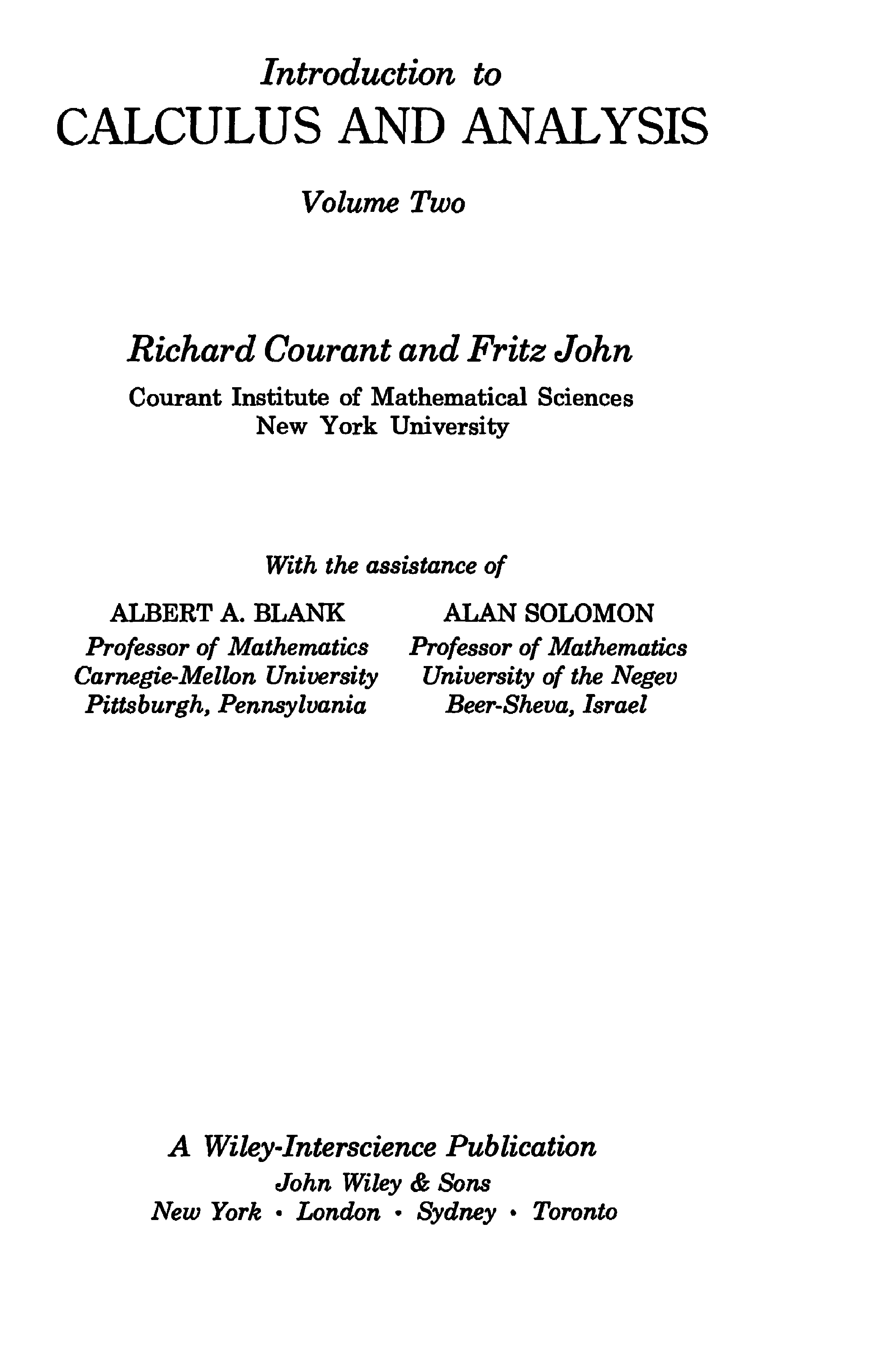
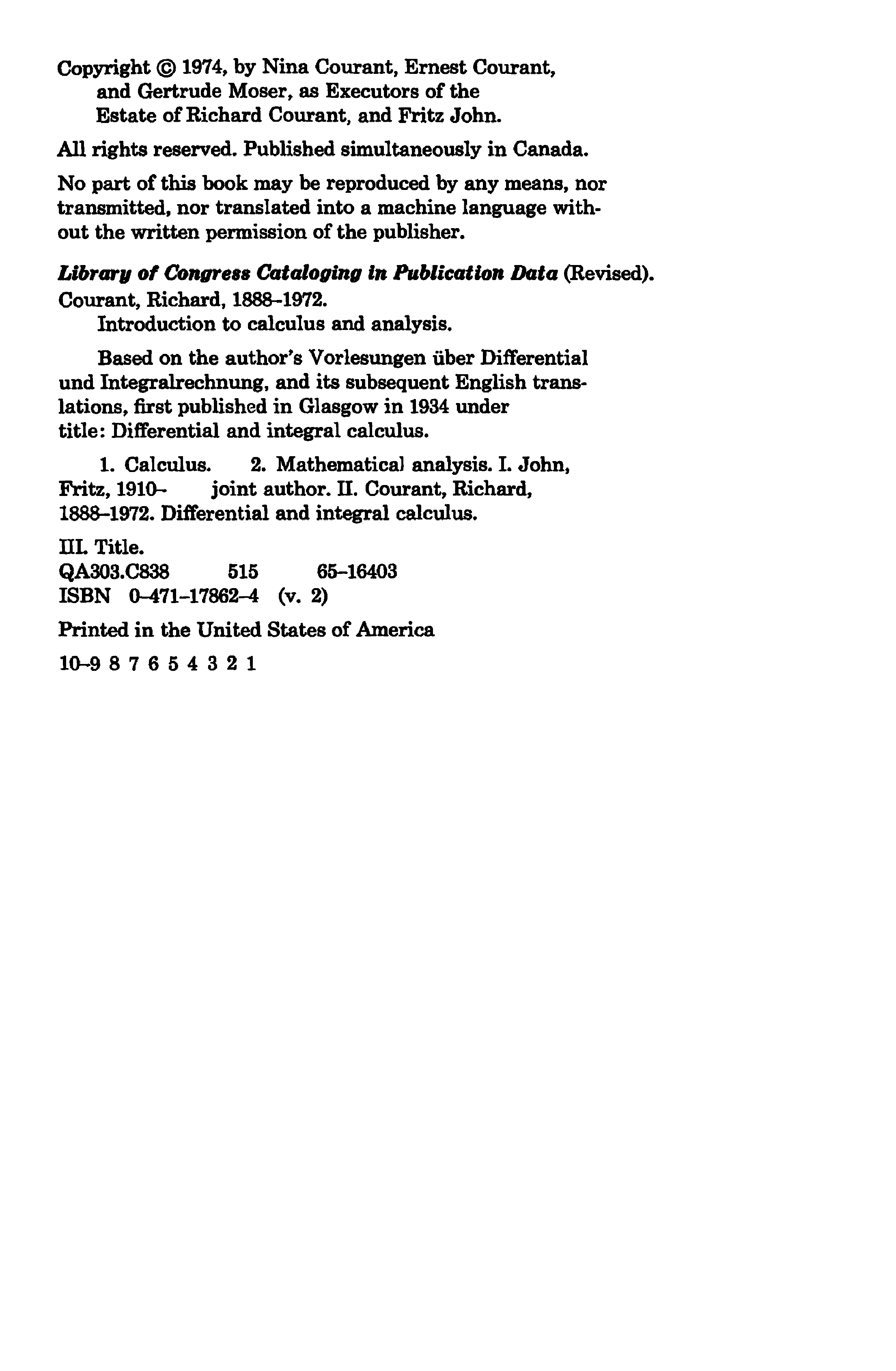
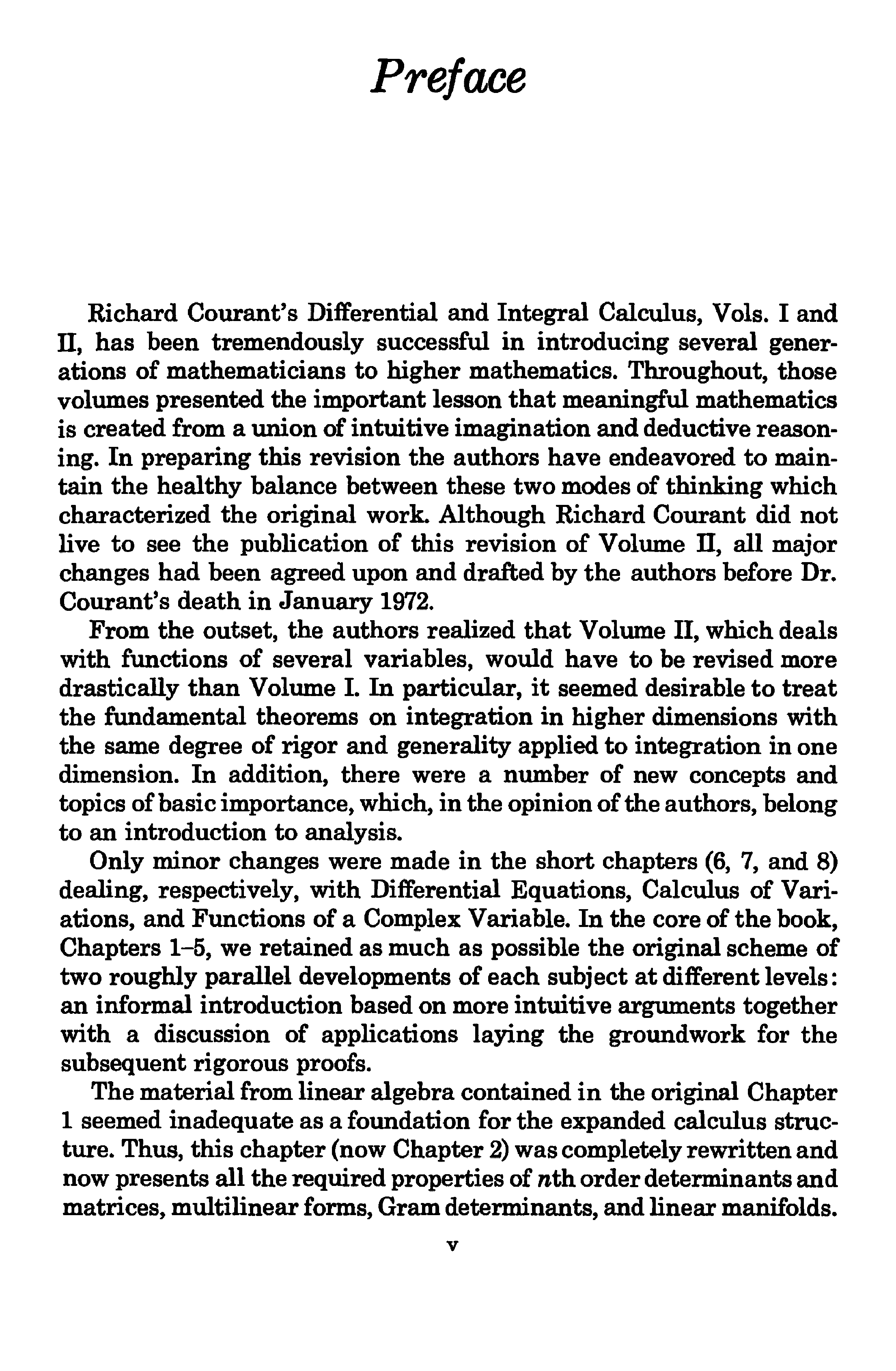
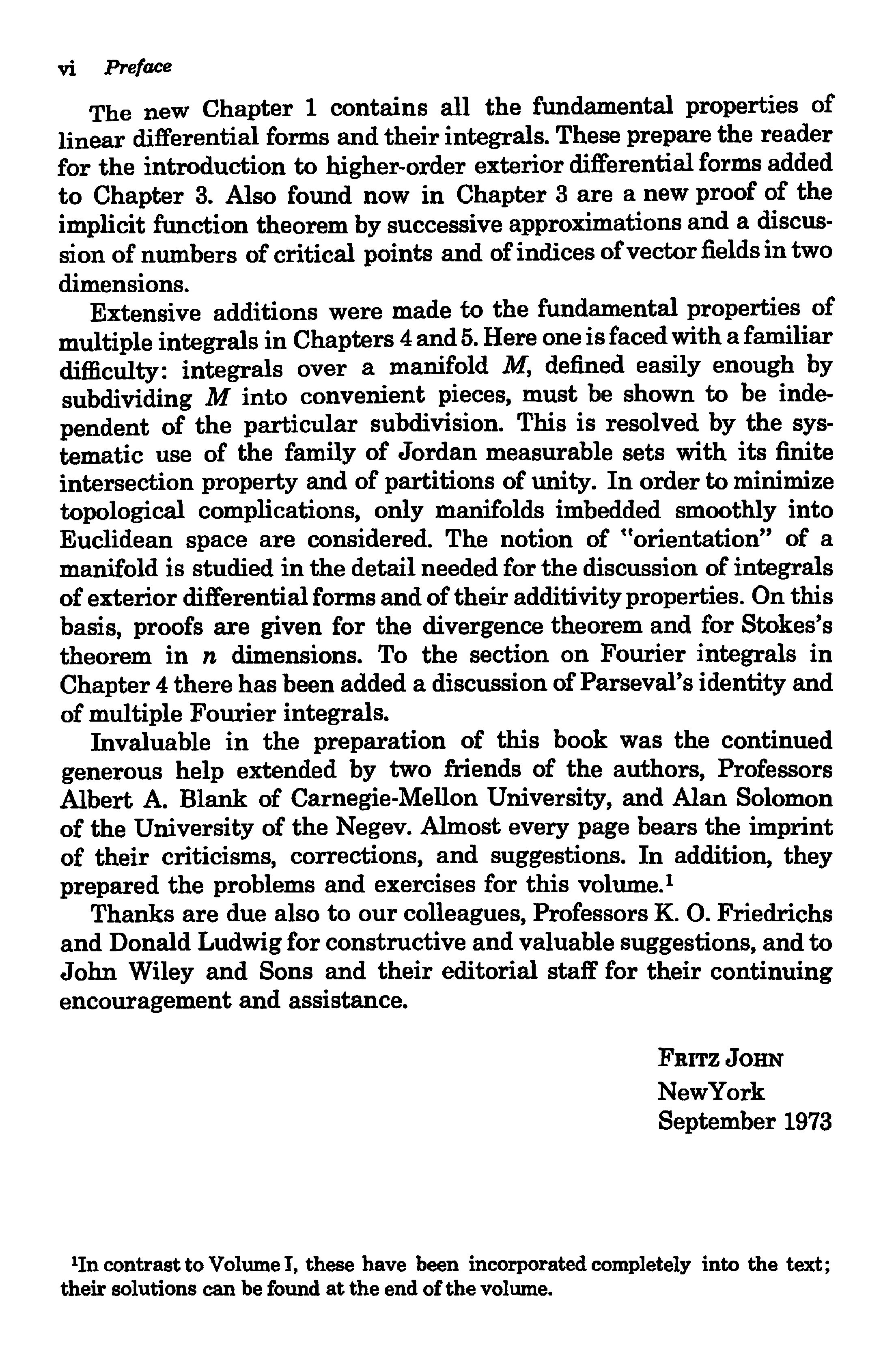
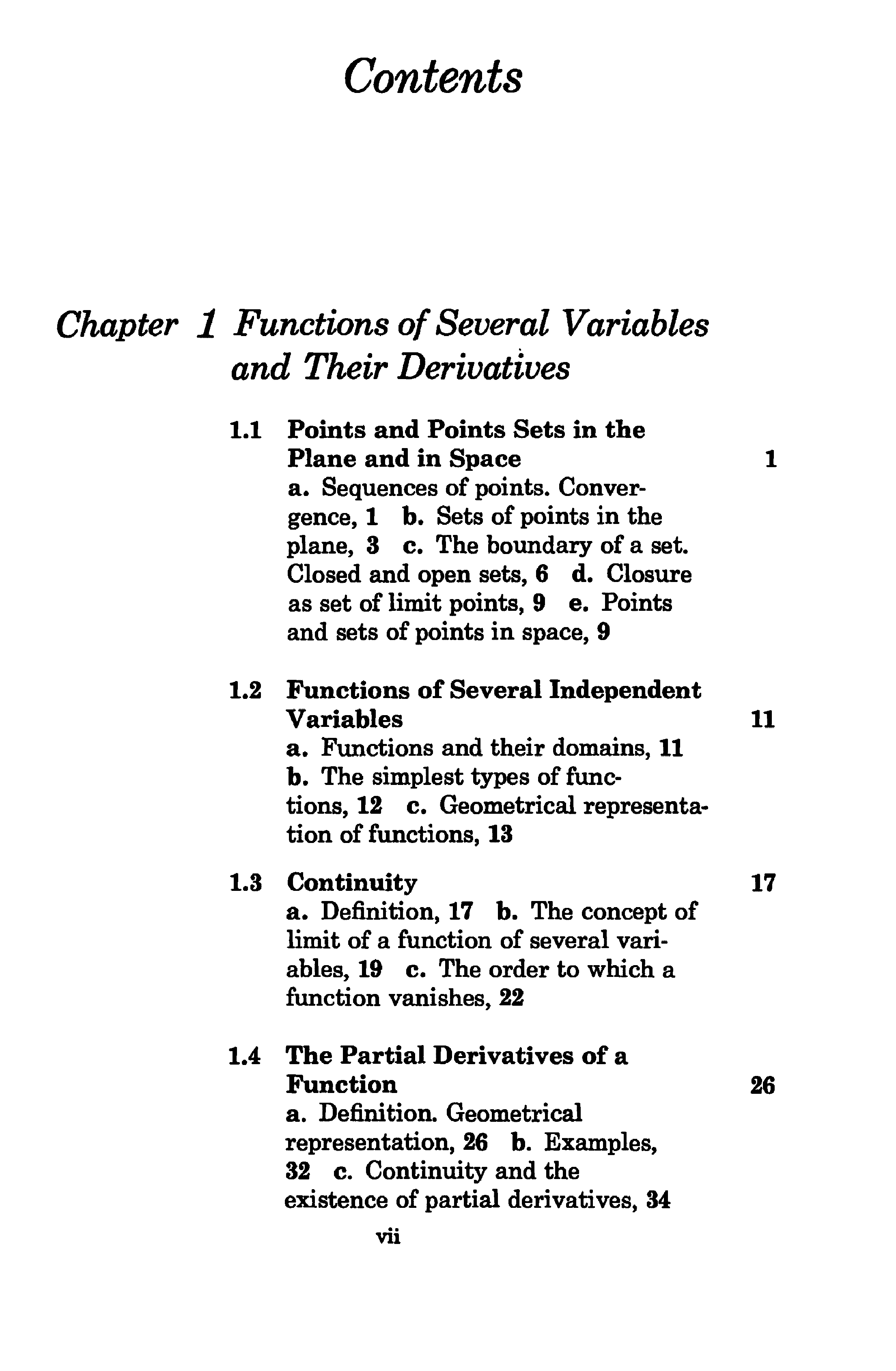
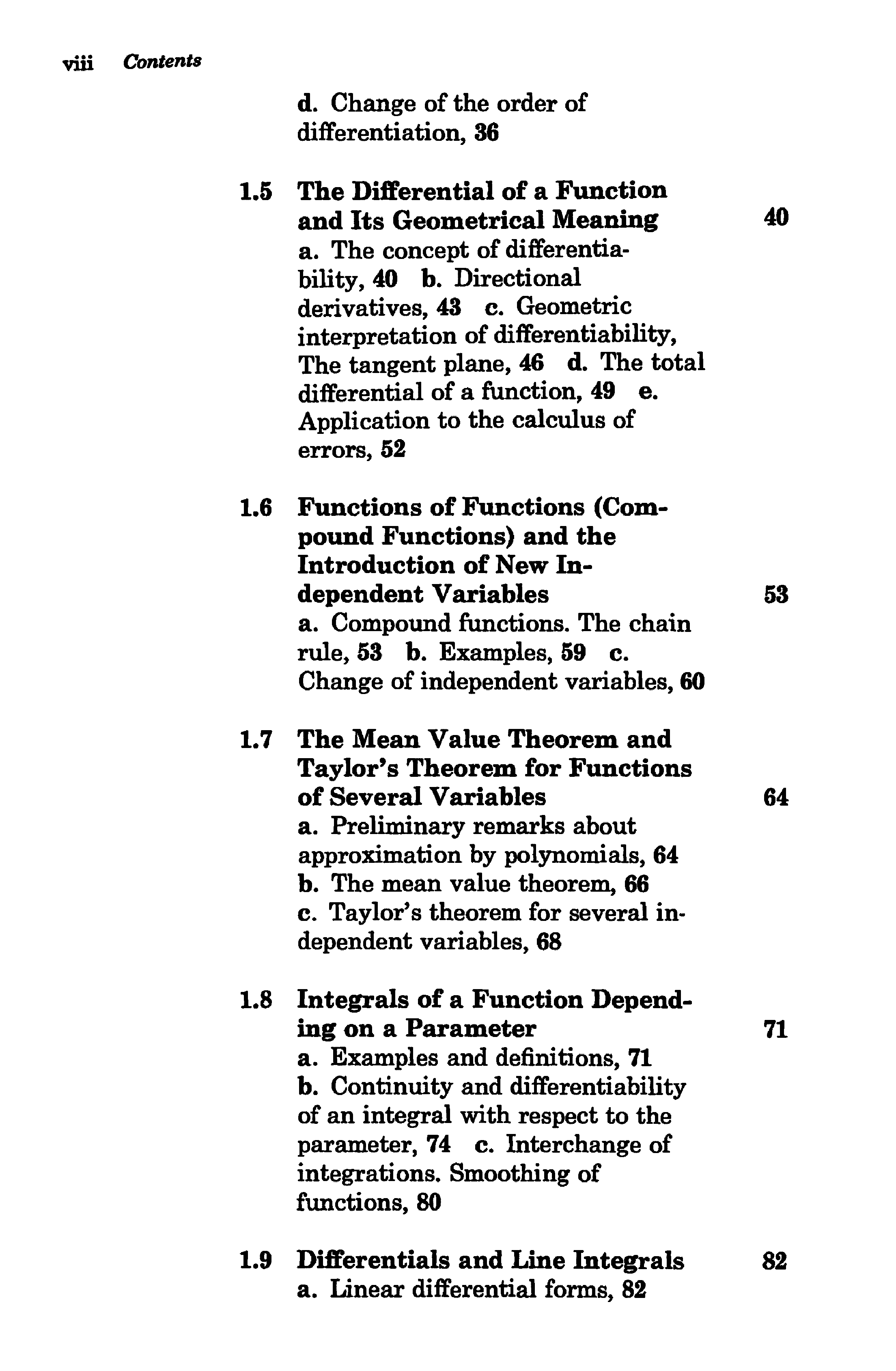
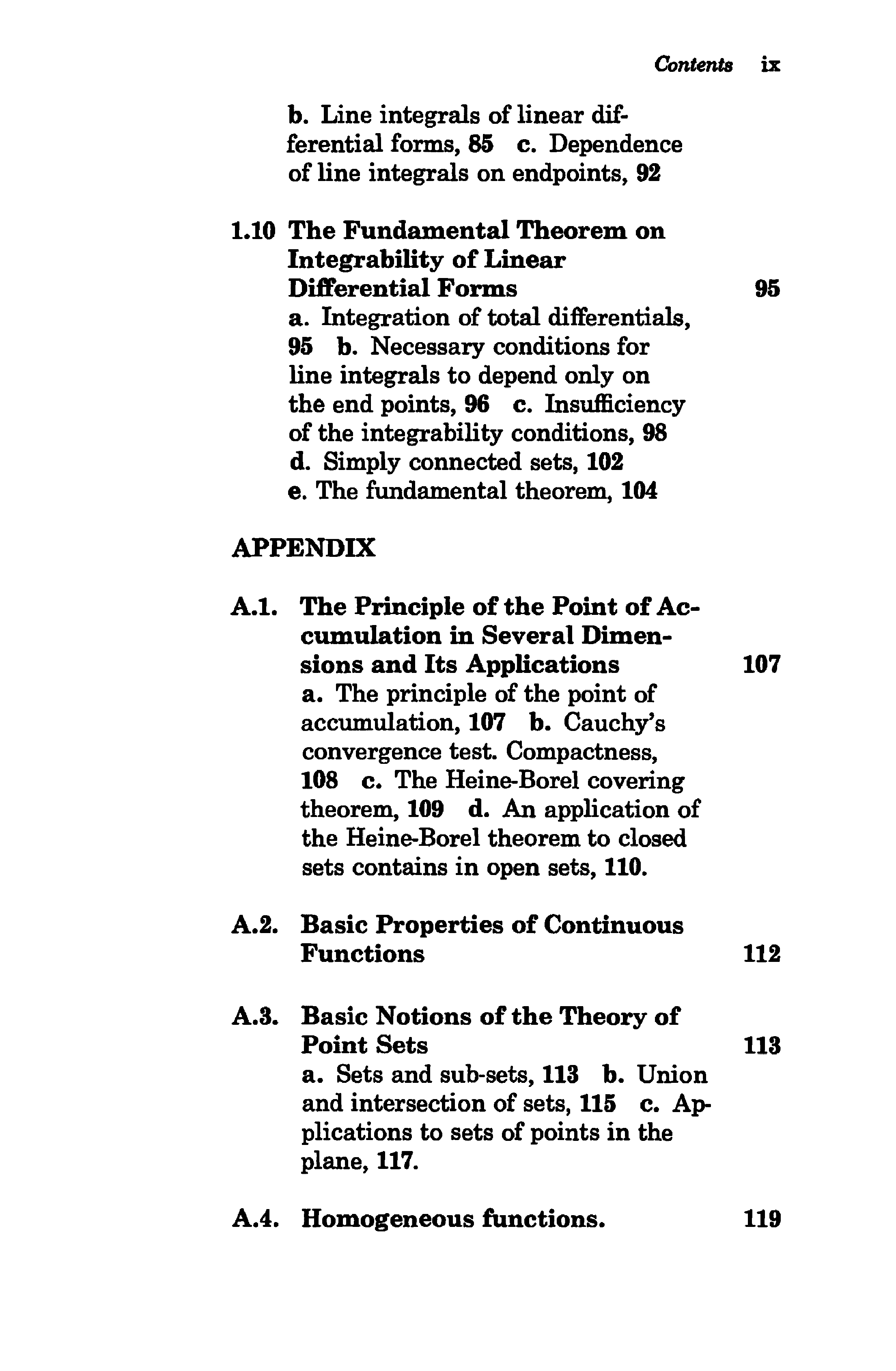
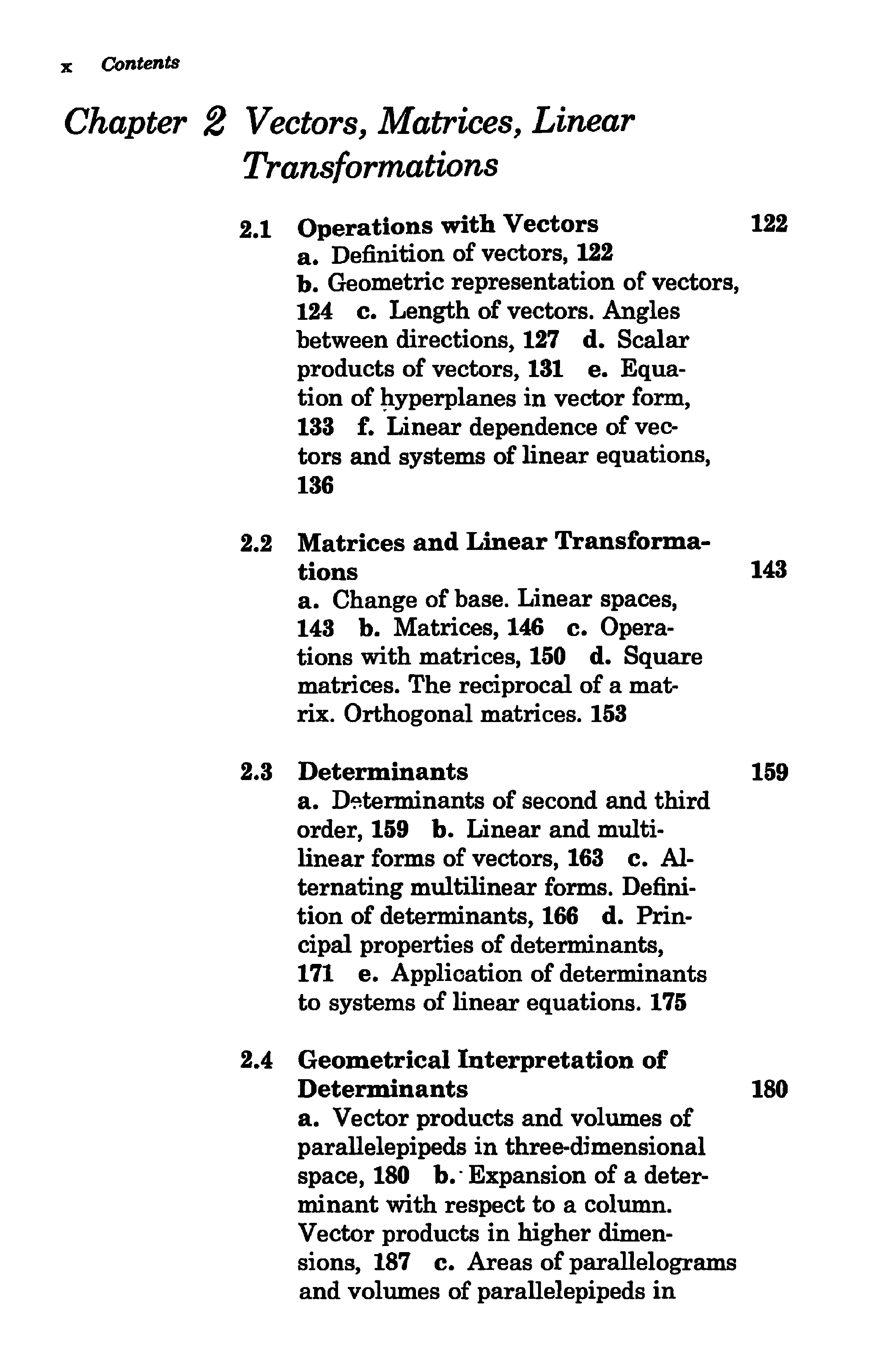








 2023年江西萍乡中考道德与法治真题及答案.doc
2023年江西萍乡中考道德与法治真题及答案.doc 2012年重庆南川中考生物真题及答案.doc
2012年重庆南川中考生物真题及答案.doc 2013年江西师范大学地理学综合及文艺理论基础考研真题.doc
2013年江西师范大学地理学综合及文艺理论基础考研真题.doc 2020年四川甘孜小升初语文真题及答案I卷.doc
2020年四川甘孜小升初语文真题及答案I卷.doc 2020年注册岩土工程师专业基础考试真题及答案.doc
2020年注册岩土工程师专业基础考试真题及答案.doc 2023-2024学年福建省厦门市九年级上学期数学月考试题及答案.doc
2023-2024学年福建省厦门市九年级上学期数学月考试题及答案.doc 2021-2022学年辽宁省沈阳市大东区九年级上学期语文期末试题及答案.doc
2021-2022学年辽宁省沈阳市大东区九年级上学期语文期末试题及答案.doc 2022-2023学年北京东城区初三第一学期物理期末试卷及答案.doc
2022-2023学年北京东城区初三第一学期物理期末试卷及答案.doc 2018上半年江西教师资格初中地理学科知识与教学能力真题及答案.doc
2018上半年江西教师资格初中地理学科知识与教学能力真题及答案.doc 2012年河北国家公务员申论考试真题及答案-省级.doc
2012年河北国家公务员申论考试真题及答案-省级.doc 2020-2021学年江苏省扬州市江都区邵樊片九年级上学期数学第一次质量检测试题及答案.doc
2020-2021学年江苏省扬州市江都区邵樊片九年级上学期数学第一次质量检测试题及答案.doc 2022下半年黑龙江教师资格证中学综合素质真题及答案.doc
2022下半年黑龙江教师资格证中学综合素质真题及答案.doc